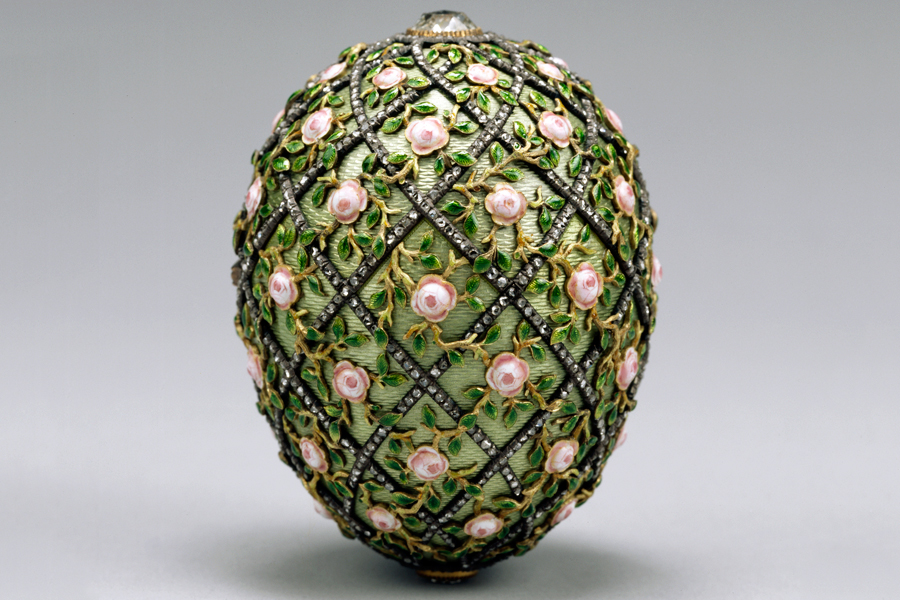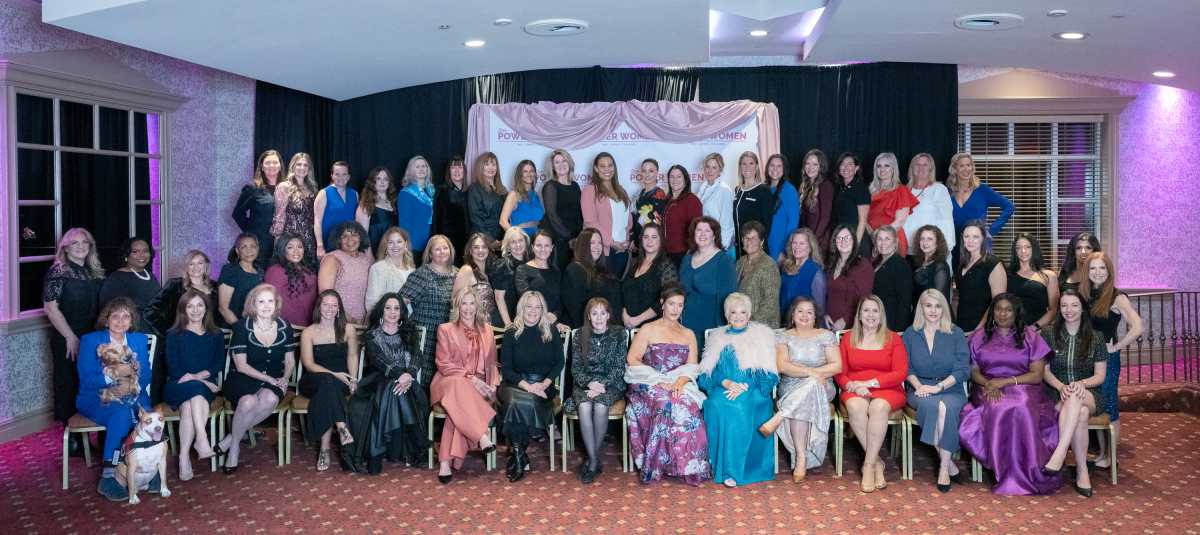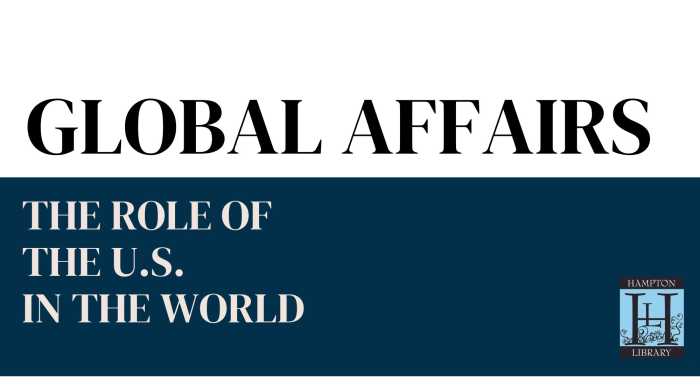Derwood Hodgegrass Hunts and Hides Fabergé Eggs for Easter

Inspired by the Easter holiday and a recent story in the The Telegraph, eccentric Southampton billionaire Derwood Hodgegrass has sworn to seek out and find seven lost Fabergé eggs between now and next Easter. As part of his ultimate Easter egg hunt, Hodgegrass has also commissioned a modern “Fabergé-like” egg and hidden it somewhere in the Hamptons for a lucky local to find.
“Some weeks ago I began researching these wonderful Russian baubles, and was saddened to learn so many of them have been lost,” Hodgegrass said, referring to the famous “Imperial” Fabergé eggs created for Russian Tsars Alexander III and Nicholas II, who gave them to their wives and mothers as Easter gifts.
The House of Fabergé made 50 of the often gold- and jewel-encrusted eggs from 1885–1917—each containing a surprise inside—but the whereabouts of only 43 are currently known. Recounting a March 18 article in The Telegraph, Hodgegrass said an American scrap metal dealer bought the long missing (since 1902) “Third Imperial” Fabergé egg from a “bric-a-brac market” to melt it down for its gold, but online research eventually led him to believe, correctly, that it might be a $33.6 million treasure. “What a story!” the billionaire exclaimed, noting that seven more eggs are out there in the world, “waiting to be discovered.”

Each egg has its own luxurious features and design and none are exactly alike. The recently found Third Imperial egg is a jeweled and ridged yellow gold egg encircled by gold garlands suspended from cabochon blue sapphires, topped with rose diamond-set bows on a tripod pedestal with chased lion paw feet. It contains a Vacheron Constantin Lady’s watch as the surprise.
Hodgegrass aims to find the remaining seven missing eggs, including the Hen with Sapphire Pendant (1886), Cherub with Chariot (1888), Nécessaire (1889), Mauve (1897), Empire Nephrite (1902), Royal Danish (1903) and the Alexander III Commemorative egg from 1909. “I’ve got my genius team of scientists and engineers from Elysium Workshop, along with a number of top P.I.s [private investigators] working on this,” he said, noting that the 1889 Nécessaire egg is the most likely to be found “and hopefully acquired” because it was seen as recently as 1952, when a man bought it from a Wartski antique shop in Britain for £1,250. The egg is gold with rocaille, set with precious gems, and it contains diamond-set toiletries, Hodgegrass said, adding, “We’re leaving to London on Monday, following our Easter celebration at Hodgegrass Mansion in Southampton.”
In the meantime, the billionaire said he’s had a Fabergé-style egg made to the exact standards of the originals. “It’s called ‘The Hampton’ and I’ve hidden it somewhere between Southampton and Montauk,” Hodgegrass explained, describing “The Hampton” as fabricated out of 18-karat gold with an enameled ocean motif, highlighted by sapphires and yellow diamonds. “I’ll keep the surprise inside exactly what it should be—a surprise,” Hodgegrass said.










